Since writing my article titled Unusual Behaviour by Senator Fish, Pictilabrus laticlavius, I have observed similar Senator Fish behaviour at Rapid Bay jetty.
In March 2015, I had witnessed some unusual behaviour by Senator Fish at Rapid Bay jetty. The unusual behaviour that I witnessed by them was that many of them were often rubbing their bodies in the substrate. (There seemed to be more male Senator Fish than usual swimming around. They weren’t swimming in schools or large groups, but there did seem to be more than what I would normally expect to see around during a dive anywhere.)
I only recall seeing the one male Senator Fish during my dive at Rapid Bay jetty on 23rd January 2016. It was performing the very same ritual as the many males observed in March 2015, rubbing its body in the substrate.
I took this series of photographs of the fish at the time (Click on each photo to view a larger image): –
The seagrass cover seems to be important to the activity of the male Senator Fish. Is it preparing a nest for a female to lay eggs perhaps?

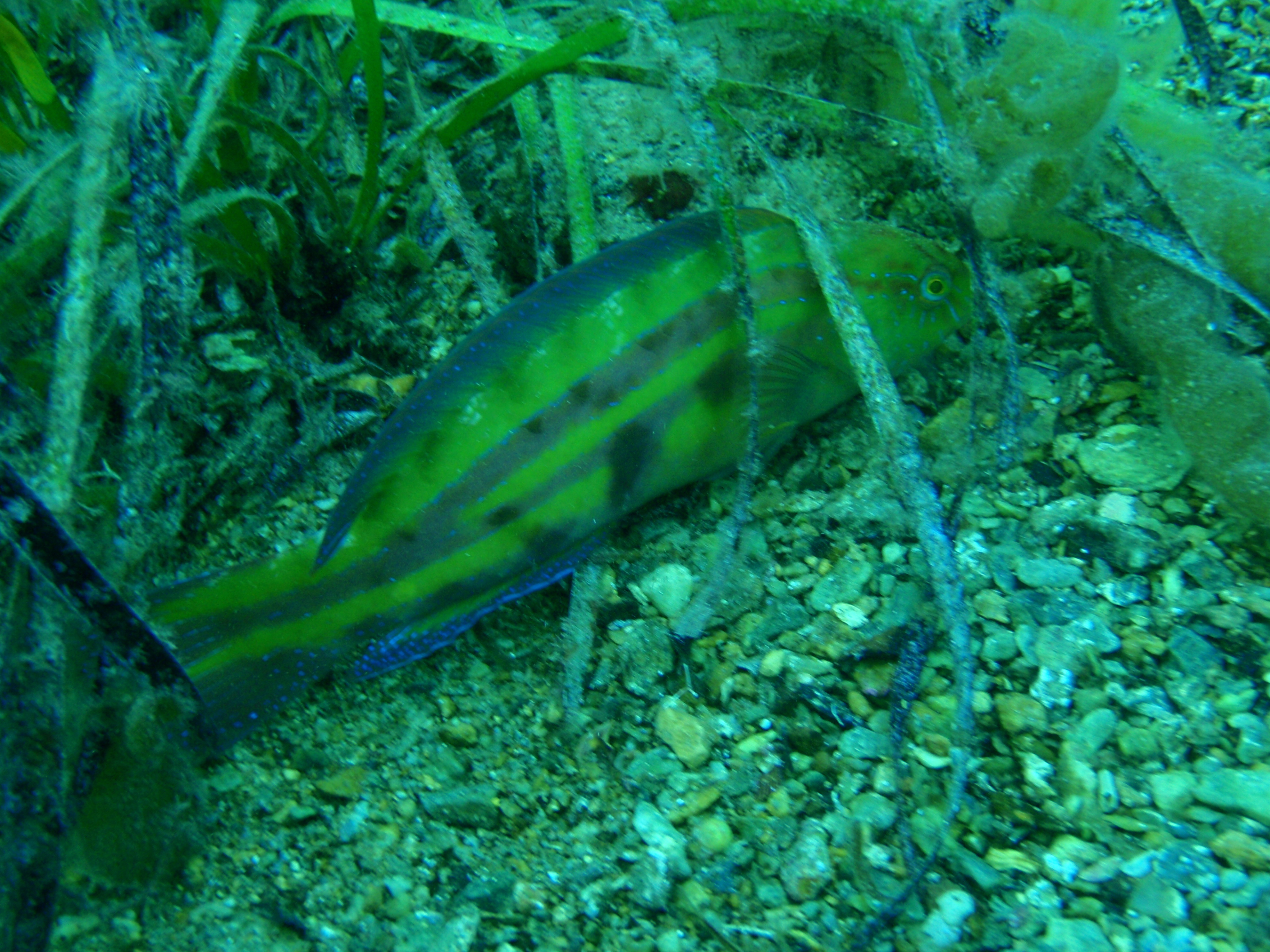
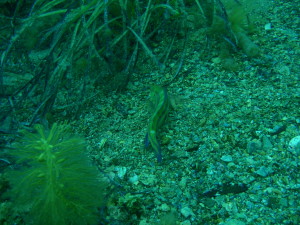
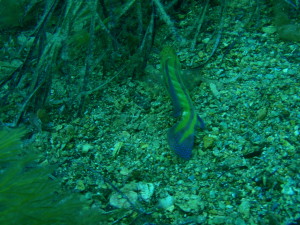
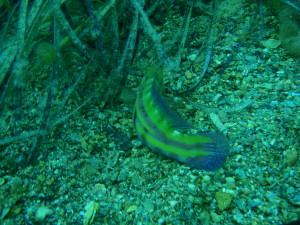
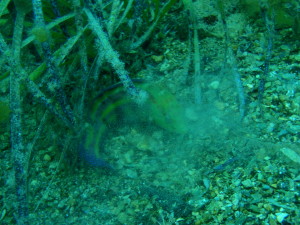
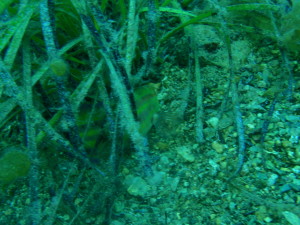
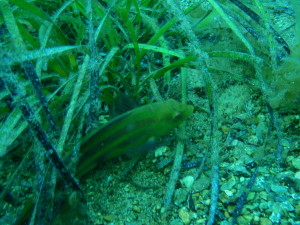
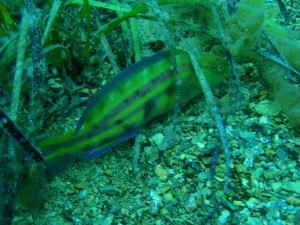
Hi Steve,
Fascinating observations and several aspects (aside from my near-obsession re cleaning behaviours and the rapidly increasing observational evidence of it’s occurrence in shallow temperate shelf waters across a wider range of clients and hosts and occurring more frequently than anyone had previously thought was the case in southern seas,which have traditionally been contrasted with long-documented multiple host and client species interactions-with fish and shrimp as the main hosts-in the tropics) deserve comment.
#1:similar seasonality (Feb+March) per your dive dates for 2015+2016(and possibly both @ slack or outgoing tides since you mostly dive around mid morning)
#2:proximity to either sea grass,jetty pile base or busy algae-cluttered raised bit of benthos or a mix of these
#3:As shown convincingly in your latest series of photos of what is clearly the one male senator wrasse individual,the (?)client fish is drawing attention to it’s need for cleaning as it slowly approaches the (?) host(s).In each successive image the wrasse gets nearer,then within,the sea grass refuge.Having seemed to do so in a manner that is both non-predatory and attention seeking.
#4:I can almost see,but could be imagining,in most perhaps all images from Feb this year,one or several grass cling fish, which are mostly quite in line with the forward direction of the wrasse’s head and it’s general approach in the earlier images of the 2016 series,and remain close [seemingly the wrasse has targeted these (?)hosts] when the wrasse has entered the sea grass.
#5:As ‘grass’ cling fish(multiple species in SA) overlap closely with ‘kelp’ cling fish(ditto),and some species(noting that several species commonly observed on sea grass are not necessarily green and may vary through to drab browns,even dark,often with cryptic patterns super-imposed) may be less selective in preferring one habitat over the other,it is entirely feasible that a good proportion of southern Australia’s grass and kelp cling fish species engage in cleaning host roles,filling the main two niches for which western and eastern cleaner cling fish seem unsuited.
Regarding your question to other divers,yes,I’ve also seen similar male senator wrasse scenarios,at Rapid Bay and also other similar places such as Second Valley and Carrickalinga,and while I wondered if there were cleaner hosts involved I can’t say I have ever convincingly seen that, nor got images as proof.
I have also seen female and larger juvenile senator wrasses,and probably other wrasses (such as N.parilus) behaving similarly but wonder if our natural tendency to notice male wrasses more readily due their brighter colors and more striking markings might explain the apparent prevalence of males which we have both experienced at such times.
Cheers,
Dave
[…] I also recall seeing a single male Senator Fish during my dive at Rapid Bay jetty on 23rd January 2016 , as reported in More Photos of a Male Senator Fish…. […]